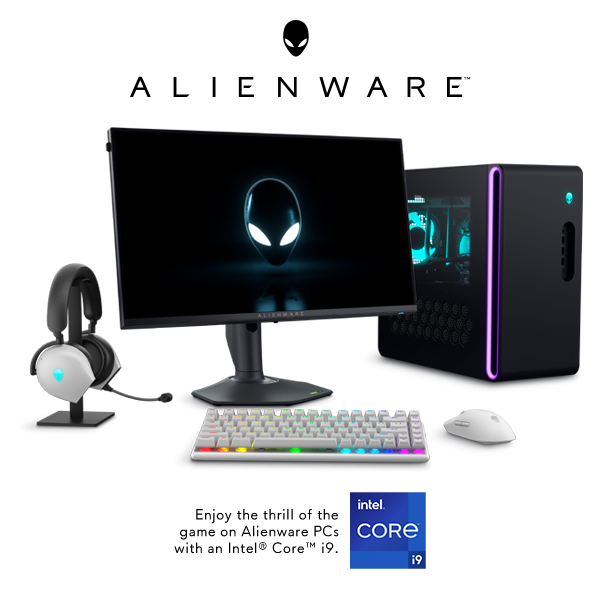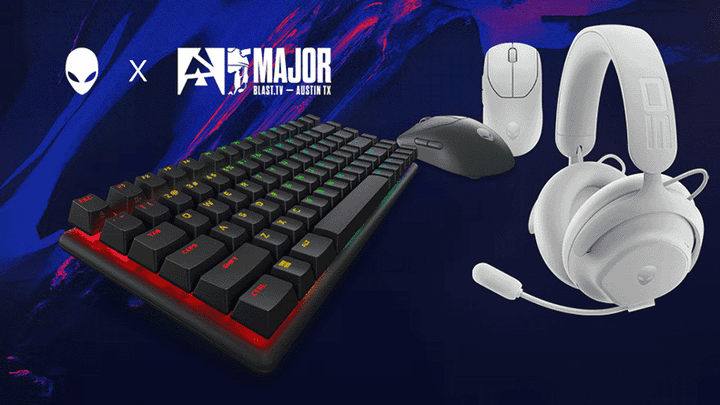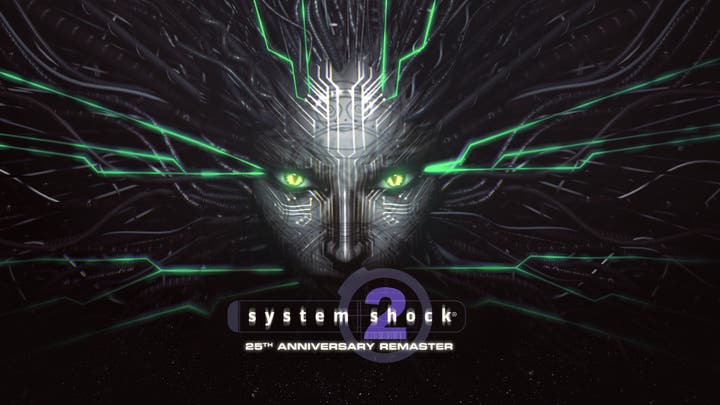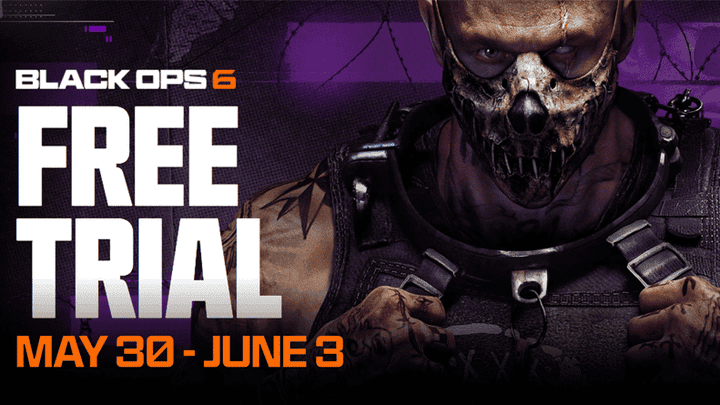RPG Codex interviews Julian Gollop about Phoenix Point
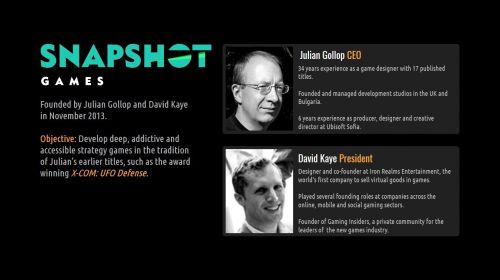
RPG Codex, the notorious(?) website full of curmudgeons fighting against the "decline", has an interview with Julian Gollop, the creator of the original X-com series, on his new game Phoenix Point.
Here's an excerpt:
So the big question: Time Units or 2-AP or a mix? Lot of folks chomping at the bit to know this one, ha.
It seems to be a really contentious issue. At the moment we have a nominal 2 action system which is extended by two things. Firstly, if an enemy becomes spotted during movement, then movement is halted, allowing the player to react by either moving or firing. Secondly a range of special actions can extend the number of things a character can do in a turn. These cost 'will points'. Overall its more flexible than modern XCOMs, but still keeps the pace of the game relatively high. My concern with a pure Time Unit system is that it can result in the most optimally effective play being very slow, and ultimately a bit boring. There may be other ways to solve this, and we will experiment some more without a doubt.
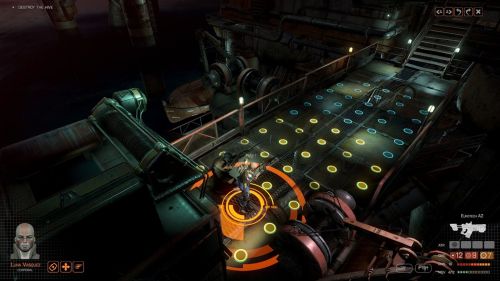
New-XCOM uses ‘abilities’ for its units, and in Ghost Recon: Shadow Wars you implemented something very similar, with the squad being a toolkit and each squaddie a unique ‘tool’ with abilities directed toward very specific solutions. Will Phoenix Point use a system similar to this or return to the hands-off approach of the original X-Com?
Phoenix Point uses willpower as a key stat. A character's willpower rating determines initial and maximum will points for a battle. Will points are spent on most special actions and abilities. Will points can be lost through injury, morale effects (such as comrades dying or facing a horrifying monster) and special enemy attacks. Forcing will points below zero may cause panic and loss of sanity. Will points can be recovered by resting or through special abilities, such as a leader rallying action.
What sort of squad compositions can we expect in Phoenix Point? And how can we expect the squads to develop on the strategy screen over time?
Squad sizes will range from 4 to 16 roughly, but the larger battles will be base defence missions (which don't happen too often). The player will be encouraged to keep squad sizes smaller due to experience point bonuses for smaller squads. The main limitations for squad size will be the availability of healthy soldiers and transport capacity. There won't be other arbitrary restrictions.
Enemy mutations seem to be a key-point in the game’s design. “Evolution” of objects in games has been a design that surfaces now and again in games, sometimes quite overtly (Spore, Impossible Creatures). With the creature designs, it almost seems like if you lost a squaddie you might see them and their lost equipment repurposed against you in a future monstrosity. What level of ‘evolution’ can we expect out of our enemies, or out of the world in general?
Alien mutations are based on archetypes which have a particular 'chassis', such as 'humanoid', mixed with body parts based on animal groups, such as 'cephalopod'. Each body part may mutate, providing different functions and capability. It's possible to have a human with relatively minor mutations, such as a tentacled arm, or to have something much more alien looking. The evolution aspect is based on a response to poor performance in battle. If a particular mutant type does badly, it will be mutated in a random fashion. If the new mutation does well, then more of them will be deployed. Each body part type has three levels of improvement, and when a random mutation occurs to a part that has been used previously, the next level of that part is used. Different alien archetypes will arise from different parts of the world, based on the animals that are native to that part of the world.
You mentioned on Reddit that the ‘pod popping’ XCOM system will not be in Phoenix Point. Excellent! But it begs the question, if the baddies are roaming about independently of the player, can we expect them to be pursuing their own objectives? And will they scare players by opening and slamming doors in the fog of war?
The enemies will indeed be pursuing objectives, depending on the mission. If they enemy is attacking a haven, or one of your bases, they will actively seek to destroy the vital functional elements of the base or haven. Aliens will also attempt to kill, eat or abduct civilians. If you are attacking then you may be able to infiltrate without alerting the enemy, but once alerted they will search and attack. Sound will be an important factor, especially since the aliens deploy a thick mist in many battles. This will be indicated visually as well.
Wayward shots leading to disaster or unplanned triumph is one of the charms of procedural combat. So let’s talk bullet physics! A shot in X-Com had the chance to fly by and hit something in the distance. In XCOM, this is (for the most part) not the case, as shots ‘glue’ themselves to their targets and either hit or miss. Chaotic misses were relegated almost entirely to rockets. How is this going to be handled in Phoenix Point?
We will use a proper trajectory system for rockets, bullets, grenades and so on. Missed shots will definitely hit something, and potentially damage or destroy it. We haven't figured out a way to represent to the player the potential outcome of such attacks yet.
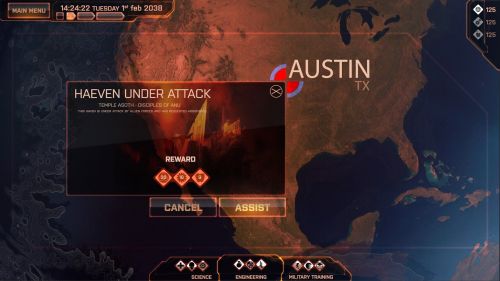
See the full interview to read more about the game as well as Julian's influences and experiences in game development.
Check out the currently running crowd-funding attempt at:
https://www.fig.co/campaigns/phoenix-point



